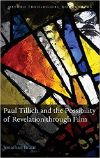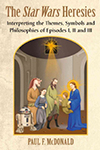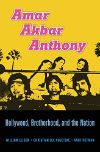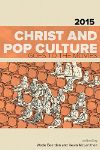- Author(s): James V. D'Arc
- When: 1989-11
- Where: Brigham Young University Studies
When Darryl F. Zanuck's Brigham Young was first released in 1940, President Heber J. Grant of The Church Jesus Christ of Latter-day Saints praised the motion picture as a "friendmaker." The prestigious Hollywood studio Twentieth Century-Fox had spent more money on it than most motion pictures made up to that time. Its simultaneous premiere in seven theaters in one city (still a world record) was preceded by a grand parade down Salt Lake City's Main Street. Businesses closed for the event, and the mayor proclaimed it "Brigham Young Day." Not all reactions to the film, however, have been so favorable. A prominent biographer of Brigham Young called the movie merely an "interesting romance" when a more authentic treatment of Brigham Young's life could have made it "one of the greatest epics in the history of the [motion picture] art." In the 1970s, President Spencer W. Kimball echoed the criticism of past and present LDS church members. He had little use for the film's portrayal of Brigham Young an a "weak, vacillating prophet." Many members of the Church today look at the film with amusement; at BYU it has been used to quiz students on historical inaccuraies. Indeed, in order to view Brigham Young today, one would either have to tune in to a Utah television station during the July twenty-fourth Pioneer Day commemoration or stay up for a late-night broadcast. The film is rarely shown theatrically even in Utah. To understand the rise and apparent fall in the film's appeal, we must examine it in the context of its time.








